
Homemade chicken biryani is a culinary masterpiece that blends the fragrant aroma of basmati rice with tender, juicy chicken and a medley of traditional Indian spices. This dish, a favorite among food lovers worldwide, is the perfect balance of taste, texture, and aroma, making it ideal for festive occasions, family dinners, or even indulgent weekends. Unlike restaurant versions, this homemade recipe ensures every bite is packed with authentic flavor, created with love and fresh ingredients.
The process begins by marinating chicken in a rich mix of yogurt, ginger-garlic paste, and spices like turmeric, cumin, coriander, and chili powder. This ensures the meat remains tender and flavorful. Meanwhile, basmati rice is cooked to perfection, infused with whole spices such as cinnamon, cardamom, and bay leaves, giving it a heavenly aroma. Layering the partially cooked chicken and rice, along with saffron-soaked milk and fried onions, creates a symphony of flavors that meld beautifully as the biryani is slow-cooked to perfection.
Whether you're new to cooking or a seasoned chef, this chicken biryani recipe is simple to follow and guarantees impressive results. It’s not just a meal; it’s an experience that transports you to the heart of Indian cuisine. Pair it with raita or a side salad for a wholesome, crowd-pleasing dish. Discover the joy of making biryani at home and elevate your dining experience with this timeless classic.
Ingredients:
Gather the following ingredients for your Homemade Chicken Biryani. Using fresh, high-quality ingredients ensures the authentic flavor and aroma of this classic dish.
-
2 Cups Basmati Rice
-
 Choose long-grain basmati rice for its signature aroma and fluffy texture. Soak the rice for 30 minutes before cooking to reduce cooking time and achieve perfectly separated grains.
500 Grams Chicken
Choose long-grain basmati rice for its signature aroma and fluffy texture. Soak the rice for 30 minutes before cooking to reduce cooking time and achieve perfectly separated grains.
500 Grams Chicken
-
 Use bone-in chicken pieces for a richer flavor. Wash and pat dry the chicken before marinating to help it absorb the spices and stay juicy.
1 Cup Yogurt
Use bone-in chicken pieces for a richer flavor. Wash and pat dry the chicken before marinating to help it absorb the spices and stay juicy.
1 Cup Yogurt
-
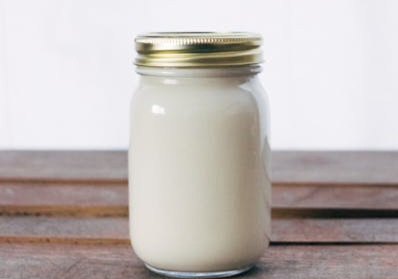 Plain yogurt adds tanginess and helps tenderize the chicken. Ensure the yogurt is fresh and whisked before use to avoid curdling during cooking.
2 Large Onions, Sliced
Plain yogurt adds tanginess and helps tenderize the chicken. Ensure the yogurt is fresh and whisked before use to avoid curdling during cooking.
2 Large Onions, Sliced
-
 Thinly slice the onions and fry them until golden brown. These fried onions add sweetness and depth of flavor to the biryani layers.
Spices
Thinly slice the onions and fry them until golden brown. These fried onions add sweetness and depth of flavor to the biryani layers.
Spices
-
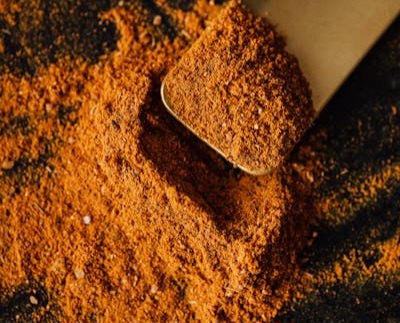 A mix of whole spices like cinnamon sticks, cardamom pods, cloves, and bay leaves gives the biryani its distinctive aroma. Adjust quantities to your taste for a balanced spice level.
1/4 Teaspoon Saffron
A mix of whole spices like cinnamon sticks, cardamom pods, cloves, and bay leaves gives the biryani its distinctive aroma. Adjust quantities to your taste for a balanced spice level.
1/4 Teaspoon Saffron
-
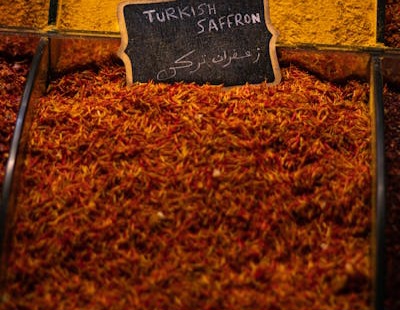 Soak saffron strands in warm milk to release their color and aroma. This step adds a luxurious touch to the biryani.
3 Tablespoons Ghee or Cooking Oil
Soak saffron strands in warm milk to release their color and aroma. This step adds a luxurious touch to the biryani.
3 Tablespoons Ghee or Cooking Oil
-
 Use ghee for a traditional, rich flavor, or opt for cooking oil as a lighter alternative. Ghee enhances the overall aroma and taste of the dish.
1 Tablespoon Ginger-Garlic Paste
Use ghee for a traditional, rich flavor, or opt for cooking oil as a lighter alternative. Ghee enhances the overall aroma and taste of the dish.
1 Tablespoon Ginger-Garlic Paste
-
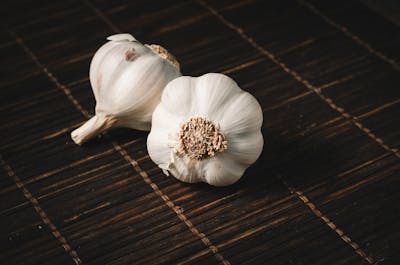
 Fresh ginger-garlic paste is a key ingredient for marinating the chicken and infusing the biryani with bold flavors.
Salt, to Taste
Fresh ginger-garlic paste is a key ingredient for marinating the chicken and infusing the biryani with bold flavors.
Salt, to Taste
-
 Adjust salt levels as per your taste. Adding salt while cooking rice ensures it absorbs the flavor evenly.
Adjust salt levels as per your taste. Adding salt while cooking rice ensures it absorbs the flavor evenly.
Instructions:
Follow these detailed steps to make your Homemade Chicken Biryani. Each step is designed to ensure a flavorful, aromatic, and perfectly layered biryani. Take your time and enjoy the cooking process for the best results.
-
Prepare the Rice:
- Wash the basmati rice under running water until the water runs clear. This removes excess starch and prevents clumping during cooking.
- Soak the rice in water for 30 minutes, then drain before cooking. Mistakes to Avoid:
- Avoid skipping the soaking process; it helps achieve fluffy, non-sticky grains. Solution:
- If short on time, rinse the rice thoroughly and let it sit for at least 10 minutes before cooking.
-
Marinate the Chicken:
- In a large bowl, combine chicken pieces with yogurt, ginger-garlic paste, and spices like turmeric, chili powder, and garam masala. Mix well to coat the chicken evenly.
- Cover and refrigerate for at least 1 hour, or overnight for better flavor absorption. Mistakes to Avoid:
- Don’t rush the marination process; the chicken won’t absorb the spices properly. Solution:
- If short on time, leave the chicken at room temperature for 30 minutes to speed up marination.
-
Cook the Rice:
- Boil water in a large pot with salt and whole spices like bay leaves, cinnamon, and cloves. Add the soaked rice and cook until it is 70% cooked (slightly firm).
- Drain the rice and set it aside. Mistakes to Avoid:
- Avoid overcooking the rice, as it will continue to cook during the layering process. Solution:
- Keep a close eye on the rice while boiling, and taste-test frequently to ensure the right texture.
-
Prepare the Chicken Gravy:
- In a deep pan, heat ghee or oil and sauté sliced onions until golden brown. Remove half for garnishing.
- Add marinated chicken to the pan and cook on medium heat until the chicken is tender and the oil separates from the masala. Mistakes to Avoid:
- Don’t cook the chicken on high heat, as it may burn the spices before the chicken cooks through. Solution:
- Use medium heat and stir frequently for even cooking and rich flavors.
-
Layer the Biryani:
- In a heavy-bottomed pot, layer the partially cooked rice over the chicken gravy. Sprinkle fried onions, saffron milk, and a handful of chopped cilantro and mint leaves between the layers.
- Repeat the layering process until all rice and chicken are used, finishing with a layer of rice on top. Mistakes to Avoid:
- Avoid packing the layers too tightly, as it can prevent even steaming. Solution:
- Gently layer the rice and chicken, ensuring airflow for proper steaming.
-
Dum Cooking:
- Seal the pot with a tight-fitting lid or aluminum foil and place it on low heat for 20-25 minutes. This allows the flavors to meld together and the rice to finish cooking.
- If possible, place a tawa (griddle) under the pot to distribute heat evenly. Mistakes to Avoid:
- Avoid opening the lid frequently, as it will release the steam needed to cook the biryani. Solution:
- Set a timer and resist the urge to check on the biryani too soon.
-
Serve:
- Once done, gently fluff the biryani with a fork to mix the layers slightly. Serve hot with raita or a side of your choice.
- Garnish with fried onions, boiled eggs, and fresh herbs for an authentic presentation. Mistakes to Avoid:
- Don’t mix the biryani too vigorously, as it may break the delicate rice grains. Solution:
- Use a light hand while serving to maintain the integrity of the layers.
Review:
"Homemade Chicken Biryani is a culinary delight! The layers of flavorful rice, tender chicken, and aromatic spices create a dish that's perfect for any occasion. Everyone at my dinner party loved it!" - Food Lover
Frequently Asked Questions (FAQ)
1. Can I use store-bought fried onions for the biryani?
Yes, store-bought fried onions are a convenient option and can save time. Ensure they are fresh and crispy for the best results. If you have time, homemade fried onions offer better flavor and aroma.
2. How can I make the biryani less spicy?
To reduce the spiciness, use less chili powder and green chilies in the recipe. You can also add a tablespoon of cream or coconut milk to the chicken gravy for a milder taste without compromising the flavor.
3. Can I prepare the biryani in advance?
Yes, you can prepare the components (like the chicken gravy and partially cooked rice) in advance. Assemble and cook the biryani just before serving to enjoy its full flavor and texture.
4. What is the best type of rice for biryani?
Long-grain basmati rice is the best choice for biryani as it stays separate and fluffy after cooking. Avoid using short-grain or sticky rice, as they won't provide the traditional texture.
5. How do I prevent the rice from becoming mushy?
Ensure the rice is only 70% cooked before layering. Soaking the rice and cooking it in plenty of boiling water with salt and spices will also help achieve the perfect texture.
6. Can I make biryani without saffron?
Yes, you can substitute saffron with turmeric or yellow food coloring for color. However, saffron adds a unique flavor and aroma, so use it if available.
7. How do I prevent the chicken from drying out?
Marinating the chicken properly and cooking it on medium heat ensures it stays juicy and tender. Avoid overcooking the chicken during the gravy preparation step.
8. Can I use other meats instead of chicken?
Yes, you can substitute chicken with mutton, beef, or even seafood like shrimp. Adjust the cooking time accordingly, as different meats require different durations to cook.
9. How do I ensure the flavors are evenly distributed?
Layering the rice and chicken gravy evenly, along with garnishes like fried onions and herbs, ensures a balanced flavor in every bite. Avoid mixing the layers too much before serving.
10. What can I serve with chicken biryani?
Chicken biryani pairs well with raita, pickle, and a simple salad. You can also serve it with boiled eggs or a side of curry for a more elaborate meal.
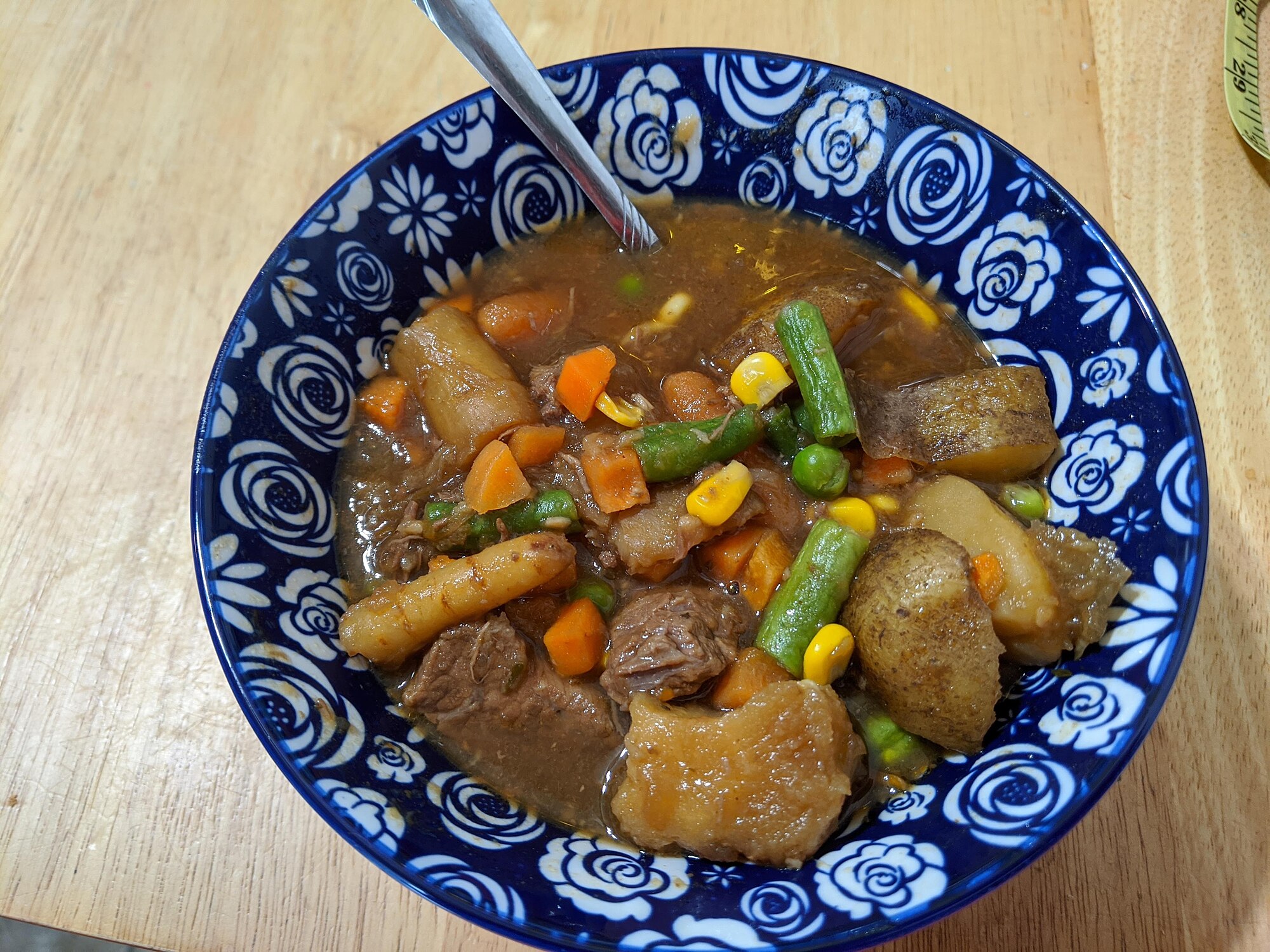 Beef stew
Beef stew
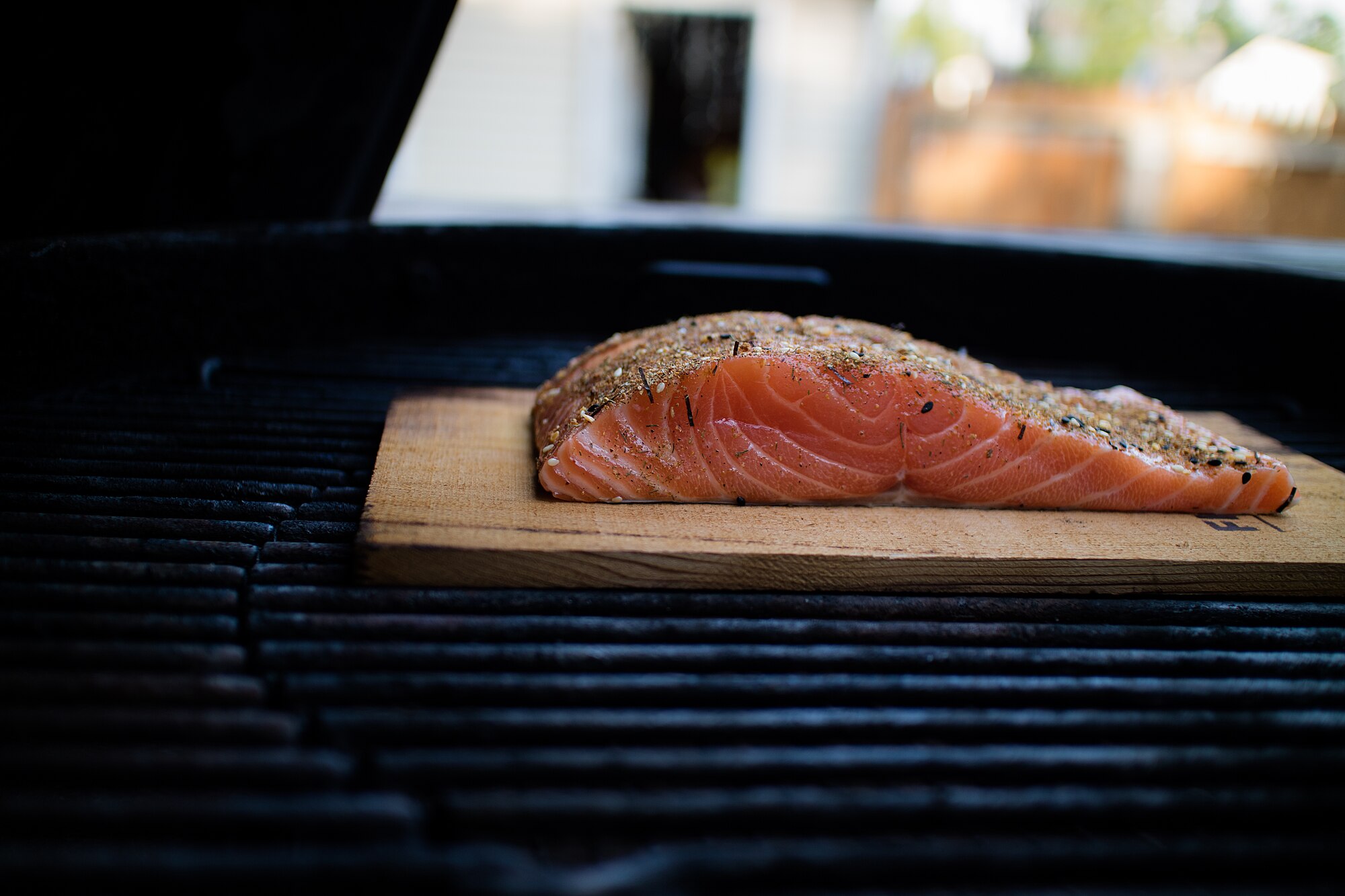 Grilled salmon
Grilled salmon
 Shepherd pie
Shepherd pie
 Spaghetti Bolognese
Spaghetti Bolognese